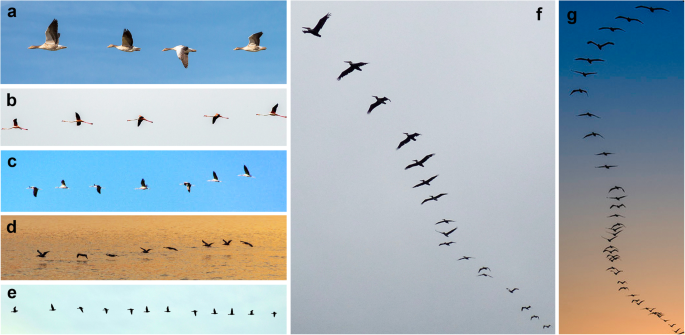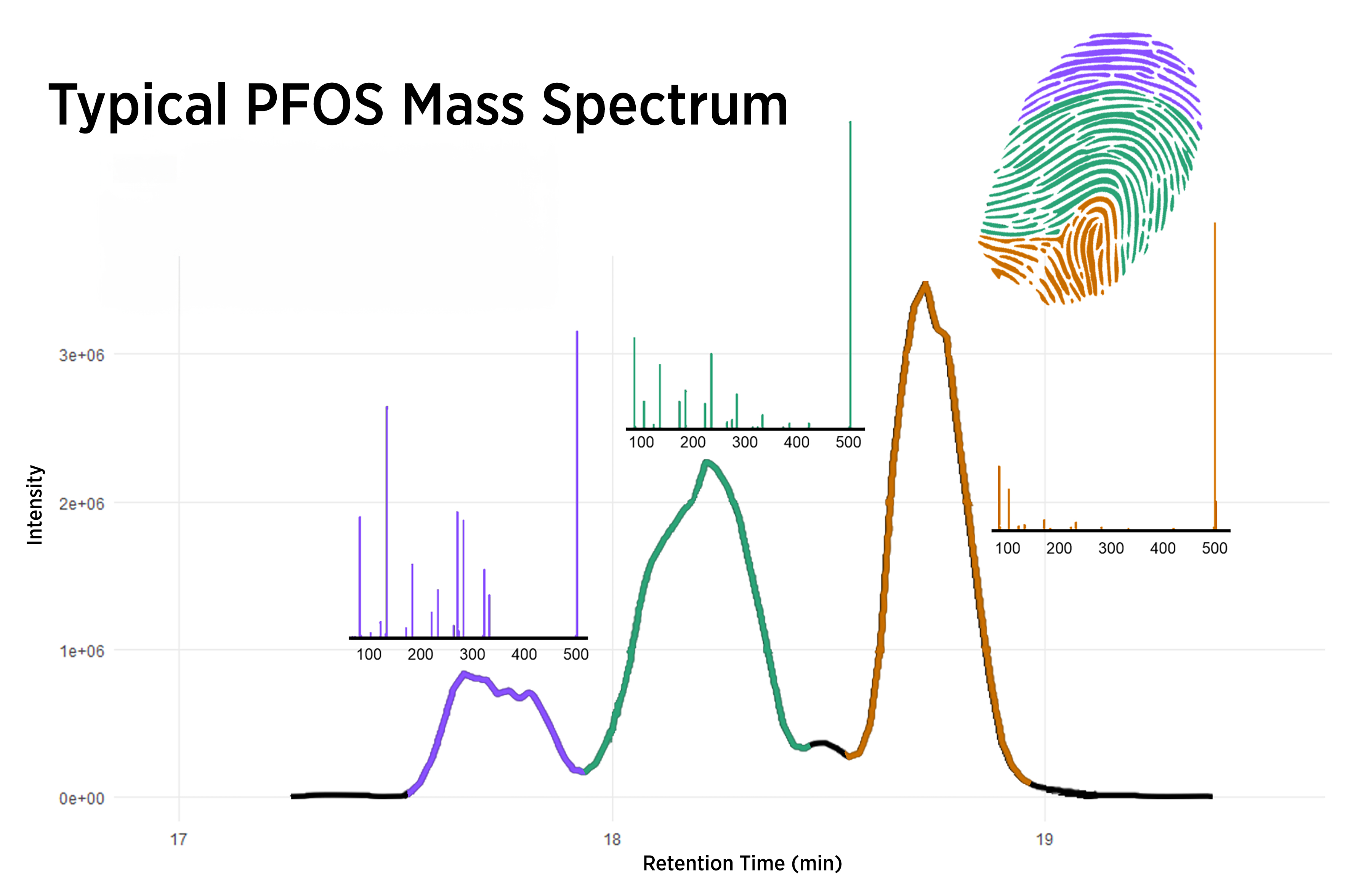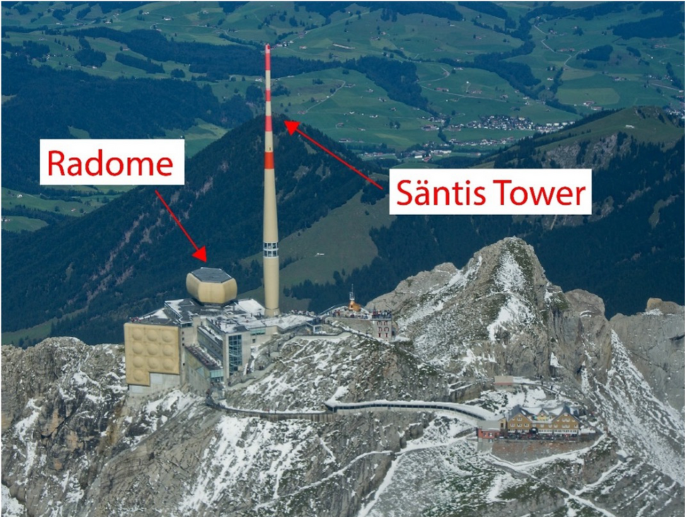2024-04-25 ニューヨーク大学 (NYU)
<関連情報>
- https://www.nyu.edu/about/news-publications/news/2024/april/how-do-birds-flock–researchers-do-the-math-to-reveal-previously.html
- https://www.nature.com/articles/s41467-024-47525-9
- https://www.pnas.org/doi/full/10.1073/pnas.1816098116
流れの相互作用が、自己増幅波によって乱される自己組織化された飛行形成につながる Flow interactions lead to self-organized flight formations disrupted by self-amplifying waves
Joel W. Newbolt,Nickolas Lewis,Mathilde Bleu,Jiajie Wu,Christiana Mavroyiakoumou,Sophie Ramananarivo & Leif Ristroph
Nature Communications Published:24 April 2024
DOI:https://doi.org/10.1038/s41467-024-47525-9

Abstract
Collectively locomoting animals are often viewed as analogous to states of matter in that group-level phenomena emerge from individual-level interactions. Applying this framework to fish schools and bird flocks must account for visco-inertial flows as mediators of the physical interactions. Motivated by linear flight formations, here we show that pairwise flow interactions tend to promote crystalline or lattice-like arrangements, but such order is disrupted by unstably growing positional waves. Using robotic experiments on “mock flocks” of flapping wings in forward flight, we find that followers tend to lock into position behind a leader, but larger groups display flow-induced oscillatory modes – “flonons” – that grow in amplitude down the group and cause collisions. Force measurements and applied perturbations inform a wake interaction model that explains the self-ordering as mediated by spring-like forces and the self-amplification of disturbances as a resonance cascade. We further show that larger groups may be stabilized by introducing variability among individuals, which induces positional disorder while suppressing flonon amplification. These results derive from generic features including locomotor-flow phasing and nonreciprocal interactions with memory, and hence these phenomena may arise more generally in macroscale, flow-mediated collectives.
協調性のない羽ばたき泳者間の流れの相互作用が集団の凝集性を生み出す Flow interactions between uncoordinated flapping swimmers give rise to group cohesion
Joel W. Newbolt, Jun Zhang ristroph@cims.nyu.edu, and Leif Ristroph
Proceedings of the National Academy of Sciences Published:January 30, 2019
DOI:https://doi.org/10.1073/pnas.1816098116

Significance
Fish and birds moving in groups are thought to benefit from hydrodynamic or aerodynamic interactions between individuals. To better understand these effects, we devise a robotic “school” of flapping swimmers whose formations and motions come about from flow interactions. Surprisingly, we find that the flows naturally generated during swimming can also prevent collisions and separations, allowing even uncoordinated individuals with different flapping motions to travel together. Other benefits include freeloading by a “lazy” follower who keeps up with a faster-flapping leader by surfing on its wake. More generally, our study provides complete maps linking flapping motions to group locomotion, which is needed to test whether flow interactions are also exploited by animals.
Abstract
Many species of fish and birds travel in groups, yet the role of fluid-mediated interactions in schools and flocks is not fully understood. Previous fluid-dynamical models of these collective behaviors assume that all individuals flap identically, whereas animal groups involve variations across members as well as active modifications of wing or fin motions. To study the roles of flapping kinematics and flow interactions, we design a minimal robotic “school” of two hydrofoils swimming in tandem. The flapping kinematics of each foil are independently prescribed and systematically varied, while the forward swimming motions are free and result from the fluid forces. Surprisingly, a pair of uncoordinated foils with dissimilar kinematics can swim together cohesively—without separating or colliding—due to the interaction of the follower with the wake left by the leader. For equal flapping frequencies, the follower experiences stable positions in the leader’s wake, with locations that can be controlled by flapping amplitude and phase. Further, a follower with lower flapping speed can defy expectation and keep up with the leader, whereas a faster-flapping follower can be buffered from collision and oscillate in the leader’s wake. We formulate a reduced-order model which produces remarkable agreement with all experimentally observed modes by relating the follower’s thrust to its flapping speed relative to the wake flow. These results show how flapping kinematics can be used to control locomotion within wakes, and that flow interactions provide a mechanism which promotes group cohesion.



